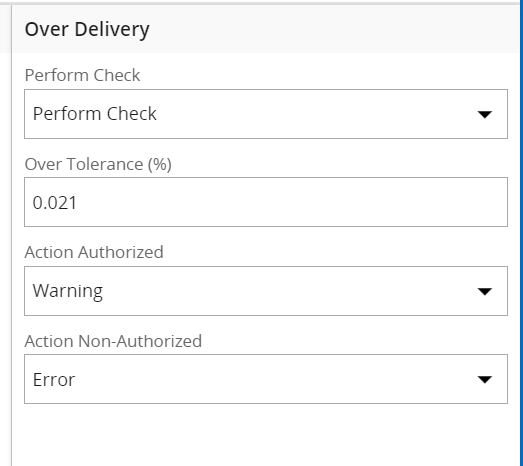We purchase labels on a spool of 25,000. Our supplier always adds an additional 500 labels (for good measure) to every spool but does not invoice us for these extra units. When receiving in the spools, is there a way to automatically “count-in” the additional 500 units so that the quantity on our handling units reflects what is actually on the spools? We don’t want to increase the quantity on our PO’s because we aren’t being invoiced for that full amount. We’ve considered using the inventory conversion factor and updating it to 1.02 but our finance department is worried about UOM conversions/reports/accounting entries as well as audits.
Enter your E-mail address. We'll send you an e-mail with instructions to reset your password.








